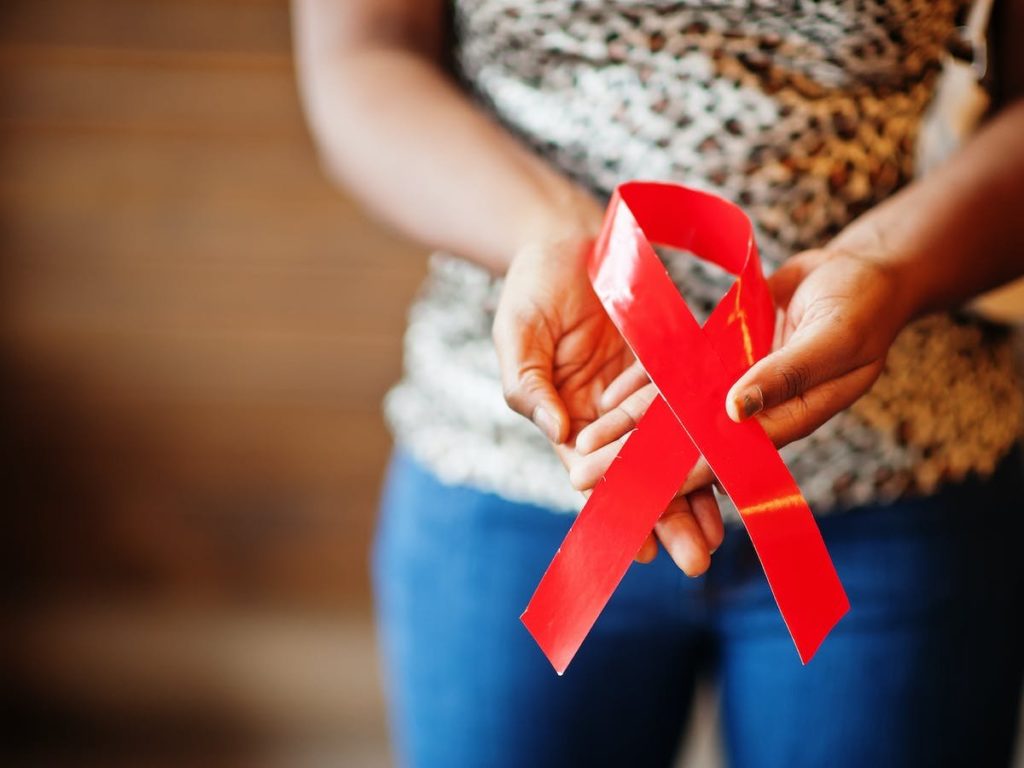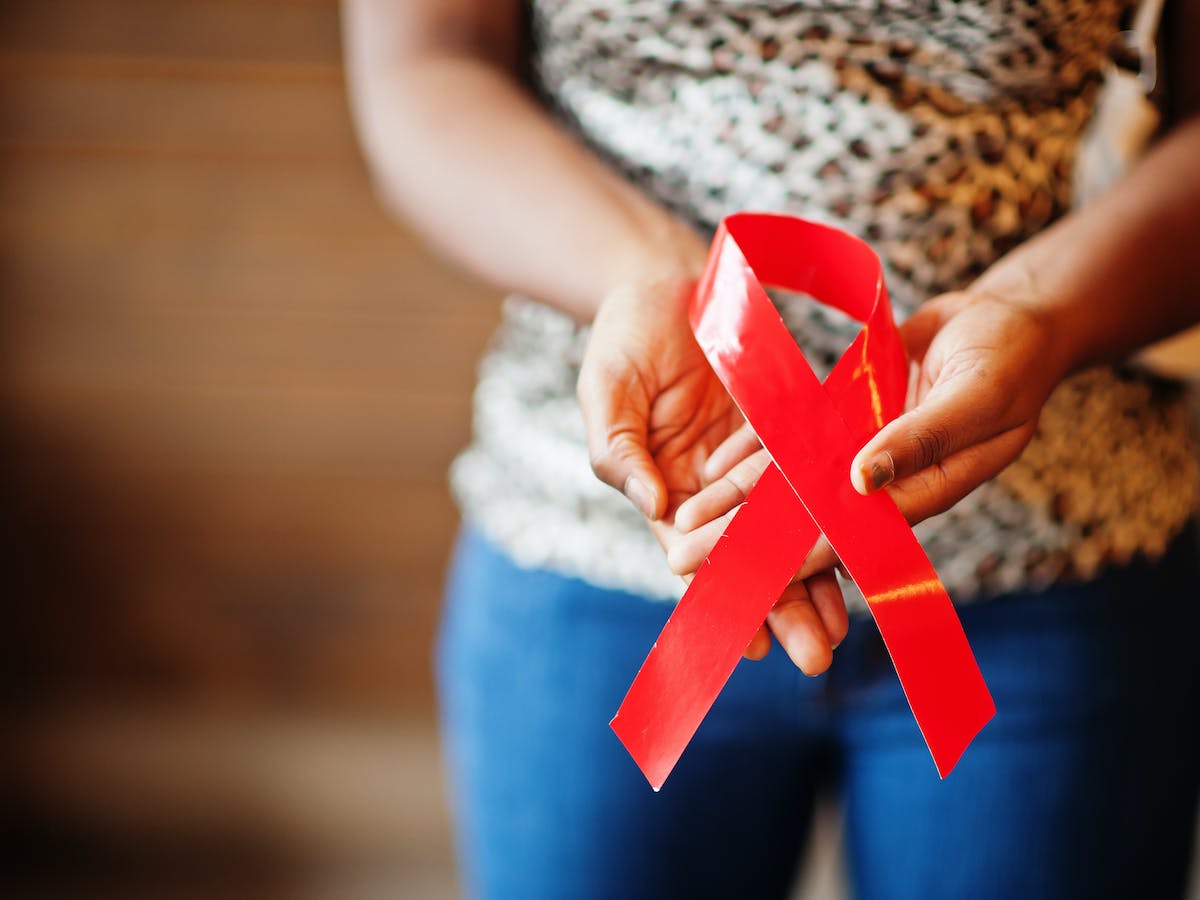By Chisomo Phiri
The authorities in the health sector have revealed that over eight thousand people are dying of HIV and AIDS every year in Malawi,
The revelation was made during the mid-year review of the National Strategic Plan for HIV and AIDS (2020-2025).
According to them, It is estimated that there are about 15,000 new HIV infections, down from about 17,600 at the end of 2022 in Malawi.
It is also said that there are about 2.3 million Adolescent Girls and Young Women ages ranging between 15-24 out of which 49 thousand are living with HIV.
However, all these are happening as the country is targeting to reduce the new infections to 11,000 by 2025.
The first case of HIV/AIDS in Malawi was reported at Lilongwe’s Kamuzu Central Hospital in 1985.

President Hastings Banda, who was in power at the time, responded with several small-scale prevention initiatives and created the National AIDS Control Programme, a division of the Ministry of Health, to manage the growing epidemic.
Banda believed that issues relating to sex, including HIV transmission, should not be addressed in the public sphere; during this time, it was illegal for Malawian citizens to discuss the epidemic openly.
In 1989, Banda introduced a five-year World Bank Medium Term Plan to combat the epidemic, but HIV prevalence had already increased drastically at this point.
Malawians gained access to antiretroviral drugs in 2003, and, with a donation from the Global Fund to Fight AIDS, Tuberculosis, and Malaria and the election of new President Bingu wa Mutharika in 2004, government interventions increased substantially.
However, soon after his election, Mutharika experienced tensions with President Bakili Muluzi after implementing an anti-corruption program, which distracted the government from addressing the nation’s food and HIV/AIDS-related crises.
Despite these obstacles, Mutharika successfully developed a National AIDS Policy and appointed a Principal Secretary for HIV/AIDS during his presidency.



